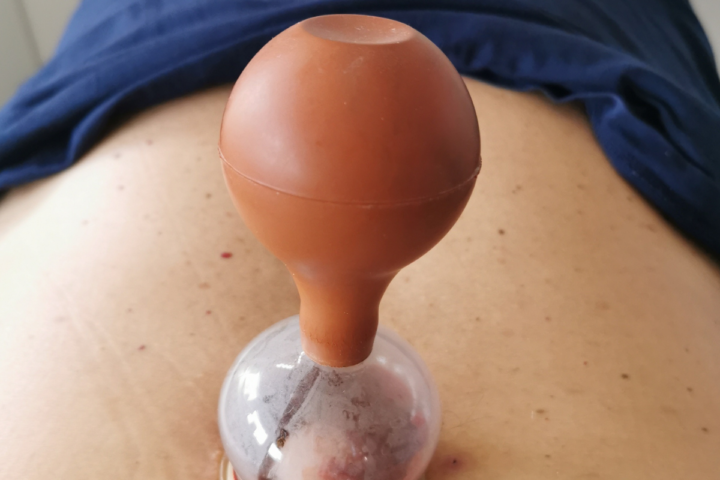According to statistics, working at a computer causes one in eight people to experience cervical back pain. Most people who work at a computer complain of neck pain or headaches. When we spend long hours at the laptop at work, we often experience discomfort, which can manifest itself through: headaches, numbness in the limbs or tinnitus.
Usually, the first change observed is a forward extension of the cervical spine, which causes further changes: head alignment, change in shoulder alignment, chest alignment and, in the future, more serious consequences. When we start to experience such pain, we will most likely find that we are suffering from upper crossed syndrome.
What is superior junction syndrome?
Upper crossroads syndrome is a postural disorder involving the cervicothoracic region. It is associated with excessive or inappropriate use of the muscles in this area. It consists of an excessive tension of one muscle group and a weakening of the opposite one. The sternocleidomastoid muscle, the oblique muscles, the scapular levator, the cervical part of the dorsal extensor and the pectoralis major and minor muscles are then stretched. This dysfunction then weakens: the cervical flexors, the upper and lower quadriceps, the parallelogram and the anterior dentatus. This type of dysfunction causes:
- Strong forward movement of the head,
- hump formation,
- making the shoulder blades visible.
In addition, the shoulders will then set up in internal rotation and be lifted upwards, creating a so-called closed posture. This restricts the mobility of the upper limbs and chest and, over time, may even impede proper breathing. Postural defects can be accompanied by:
- migraine-like headaches,
- dizziness, fainting,
- limitation of mobility,
- neck stiffness,
- numbness in the skin of the shoulder, neck, fingers, hands or arms
- muscle weakness,
- Cervical pain, activation of trigger points.
Often such a disorder is asymptomatic for a long time. However, if you notice such symptoms or pain signals in yourself, you need to see a specialist. The optimistic news is that upper crossed syndrome is a reversible process. However, ignoring the symptoms can cause changes that are beyond repair.

Computer work - what should it look like?
If your job requires you to sit in front of a computer for long periods of time, you should organise your workstation to suit your needs. The top edge of the monitor should always be at eye level, only then will it protect the neck from excessive bending. The distance between the monitor and your eyes should be such that you do not have to bring your head closer to read the text.
You should also remember your glasses and a comfortable chair. The place where your back rests on it should be your lumbar spine. It is worth trying to get a chair which gives you the possibility to adjust the height correctly and move freely without twisting your body. The table should allow the arms to remain in a natural, comfortable position.
Health and safety regulations describing safe computer work state that the distance between the worker and the monitor should be between 40 cm and 75 cm. In addition, the monitor should be positioned so that the light source, i.e. a window or a lamp, is not behind it. Ideally, it should be at the side of the screen.
Working at a computer - what to bear in mind?
We should pay particular attention to:
- chair, was set up so that we could sit upright, slightly leaning back,
- have your head in a relaxed position,
- Place feet firmly on the floor. Do not cross your legs while working,
- adjust the foot rest,
- The chair was moved to the desk so that the forearms were on the tabletop,
- buttocks were pushed all the way onto the chair.
If your job requires you to be at a computer for long periods of time, you should take breaks, preferably every two hours, and do stretching exercises for your cervical spine during these breaks.
How to treat the consequences of upper crossed syndrome?
Upper crossed syndrome therapy involves pain relief and balancing tension between opposing muscles. It includes trigger point therapy, deep massage, relaxation of the muscles and surrounding tissues, learning to adopt correct posture and muscle re-education.
It is also worth implementing stretching techniques and exercises to strengthen the muscles of the neck, and shoulder girdle. Treatment is effective when the right therapy is combined with the control of appropriate patterns in daily life. It is also important to work on your habits, correct posture and proper ergonomics.




